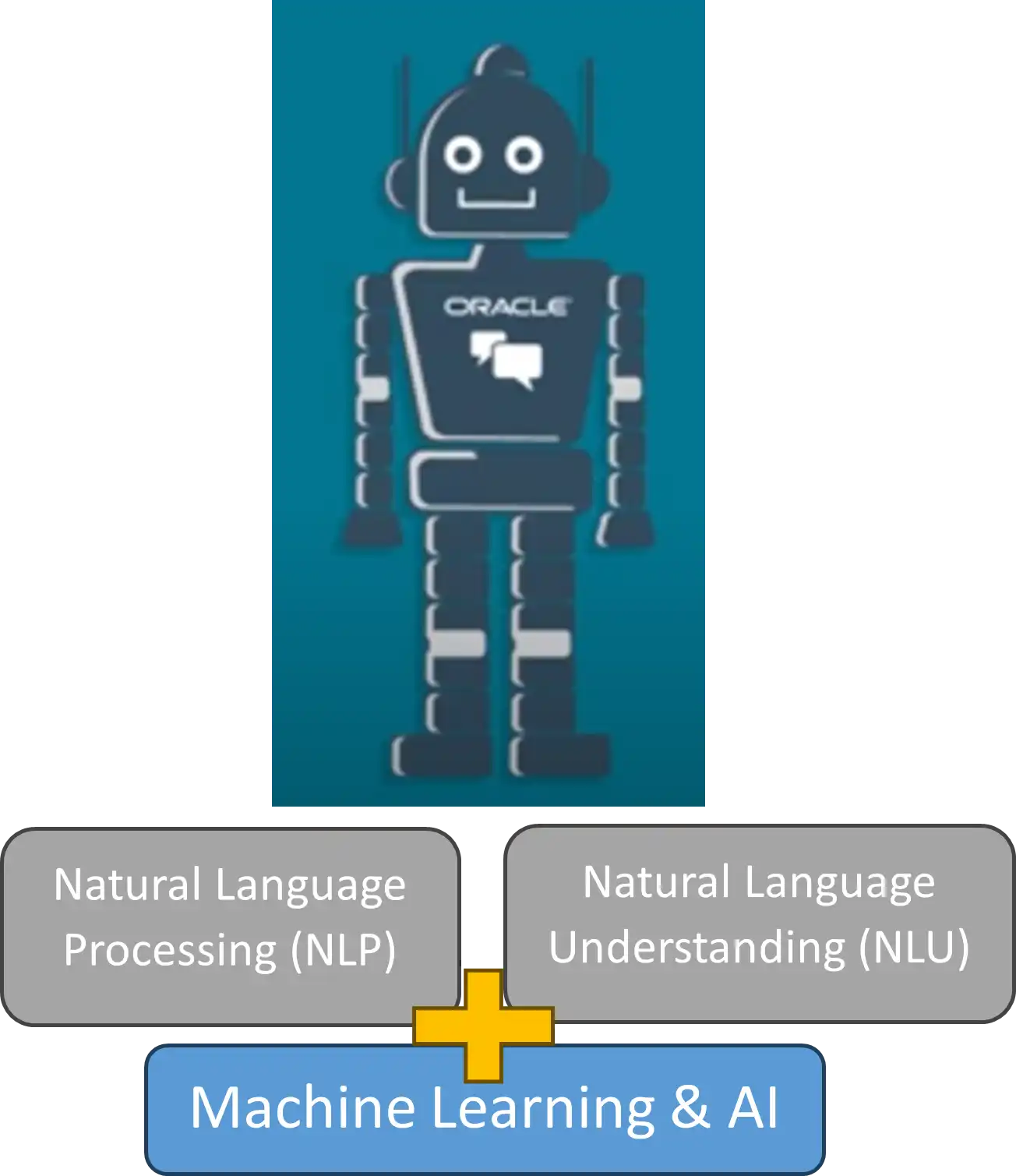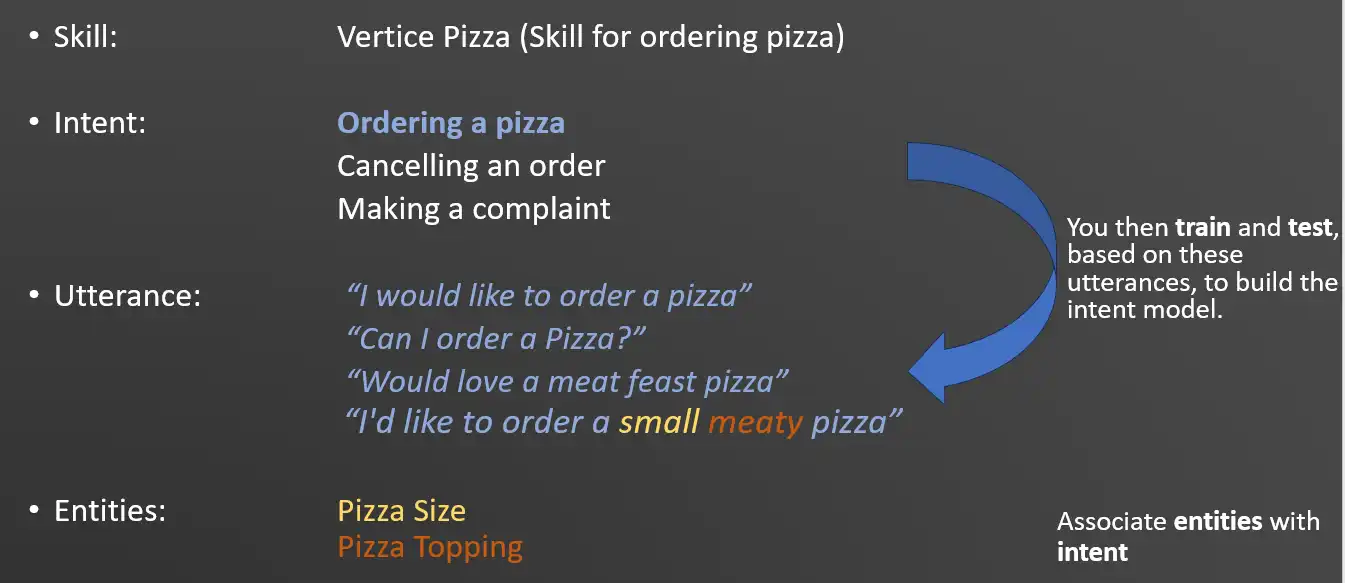Oracle Digital Assistant
Digital assistants are fast becoming common-place, and most people will interact with Apple’s Siri or Amazon’s Alexa in their household daily.
As well as personal use, the use of chatbots and digital assistants are also growing in the business world, due to the many benefits and positives they can provide.
Technology has a critical role to play in employee productivity, operational efficiency, and work collaboration to name a few. Oracle can help businesses achieve these, using conversational AI digital assistants.
Introducing Oracle Digital Assistant
Oracle Digital Assistant (ODA) is a platform that allows you to create and deploy digital assistants for your end users.
What are Digital Assistants?
These are AI-driven interfaces (predictive chat-bots), which can help users accomplish a variety of tasks in natural language conversations.
They are built upon a combination of building blocks:
- Natural Language Processing (machine learning to interpret human language)
- Natural Language Understanding (the application of artificial intelligence to understand human language)
- Machine Learning (a branch of Artificial Intelligence (AI) and computer science that learn from data they consume)

What are the benefits of using Digital Assistants?
- Improving customer experience – routine queries are dealt with by Digital Assistants swiftly and accurately and could be available 24/7.
- Cost saving – digital assistants free up staff to work on more complex queries.
- Scalable – business can provide personalised, human-like services at varying scales as and when required.
Continuous improvement – digital assistants gather real-time insights, which businesses can use to continually improve the user experience and digital assistant performance.
What are some examples of where these might be used in business?
Customer Service
- Self-Service
- 24/7 Support
- Gathering Information
- Assist Agents
Retail
- Product Recommendation
- Order Confirmation & Tracking
- Social Media Engagment
Healthcare
- Appointment Scheduling
- Medication Reminders
- Quick Medical Insights (Conversational AI)
Finance
- Financial Advice
- Expense Tracking
- Suspicious Activity Alerts
HR
- Handle Employee Enquiries
- Streamline Onboarding
- Facilitate Employee Feedback
How do they work?
Each Digital Assistant is assembled of one (or more) skills. These are individual bots focused on a particular task which are designed to interact with users and fulfil specific types of tasks e.g.,
- ordering food
- making reservations
It works through a combination of text messages and simple UI elements like select lists.
Oracle Digital Assistant’s underlying natural language processing (NLP) engine doesn’t inherently know about the business or task that a skill is supposed to assist with. For the skill to understand what it should react to, you need to define:
- Intents – the task you would like to perform.
- Utterances – examples of how a user could request a specific intent.
- Entities – provide context, allowing the DA to detect information from the user to fulfil the request.
If we use “Vertice Pizza” as an example skill, you can start to understand how these all piece together to create the skill for ordering pizza.

Once a skill is created, you can utilise the in-built Skill Tester to simulate conversations with your skill. This allows you to test key components such as:
- How the skill works.
- How it will respond.
- Understand intent resolution and Q&A responses.
How can Digital Assistant’s help improve your business processes?
Above is a simple example, but when you start to consider creating skills within your own business, the sky is the limit.
These skills may save you time, money, effort, provide an improved customer experience, or even touch on all of these.
By tailoring the skill to incorporate your domain expertise and business nuances into utterances and entities; you start to fine-tune your Digital Assistant to perform for your business and gain the best outcomes for your use case.
Contact us today to arrange an assessment or email:

Philip Godfrey
Principal Data Analytics & AI Consultant at Vertice




